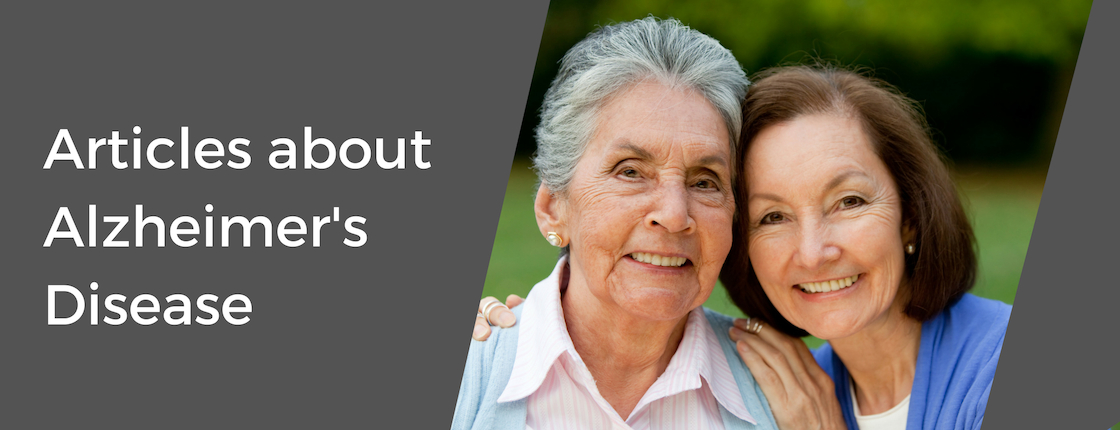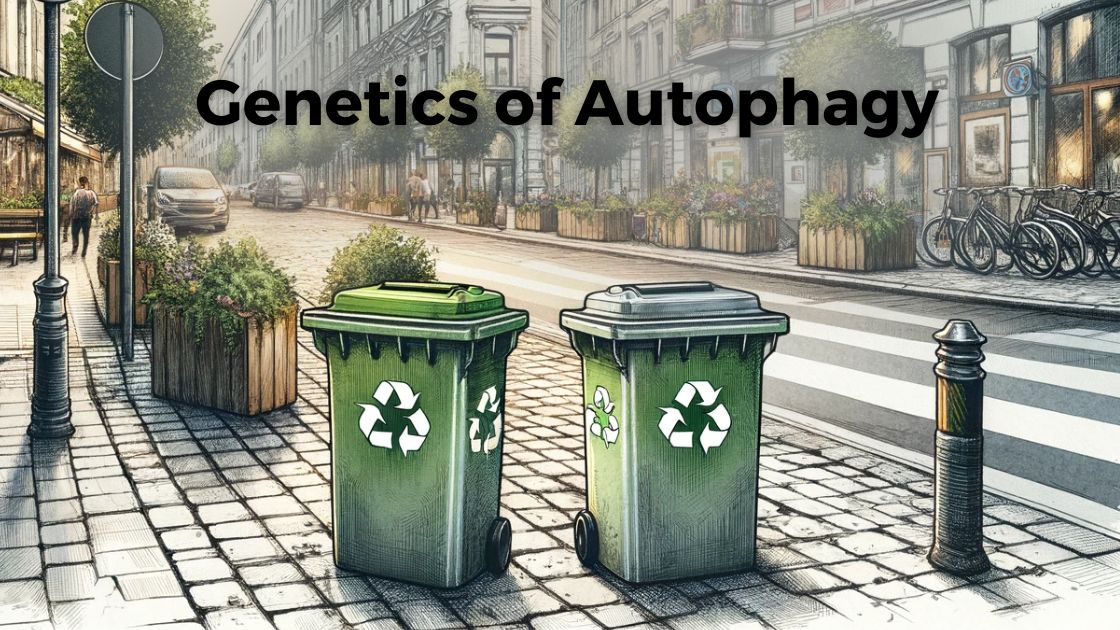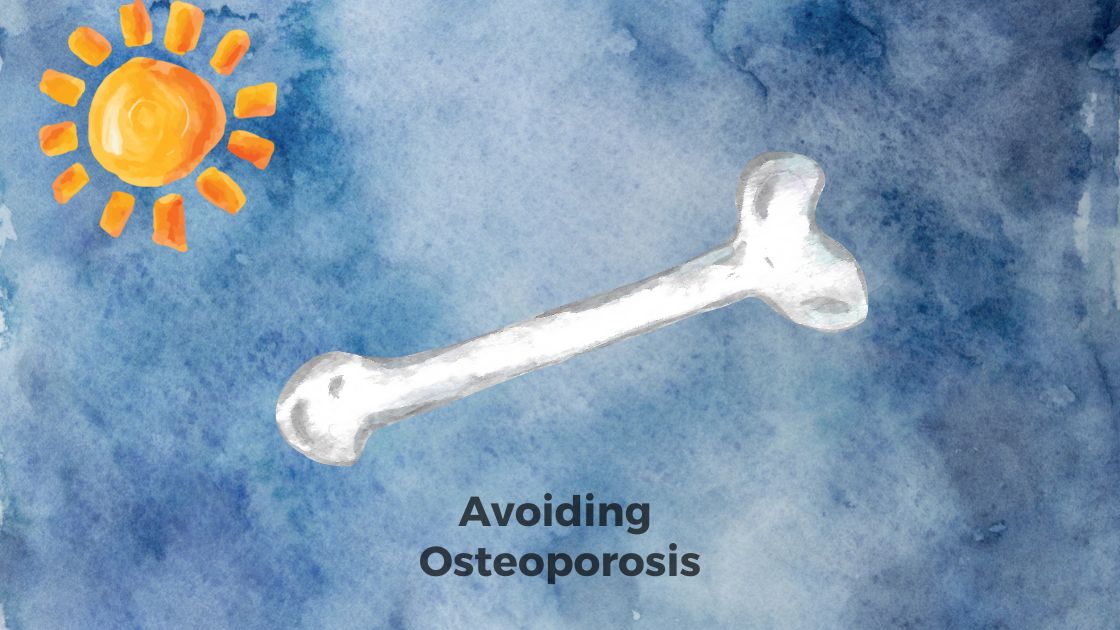Key takeaways: ~ Alzheimer’s disease is a real risk for many people as they age. It is the most common form of dementia, affecting almost 1 in 3 people by the end of life. ~ One big change we have all been subjected to is the explosion of electronics and light at night. ~ Circadian rhythm, sleep, and melatonin are integral parts of preventing dementia. Alzheimer’s risk, Alzheimer’s prevention: With the advent of consumer genetic testing from 23andMe, AncestryDNA, etc, it is now easy to know if you are at a higher risk of getting Alzheimer’s Disease (AD). Those with APOE ε3 are at normal risk for Alzheimer’s, and those who carry an APOE ε4 allele (or two) are at an increased risk. This is a touchy subject for some people, so please think it through before you check to see your APOE type. If you want to know, head to this page to check your raw data for APOE genotype. Even without the APOE ε4 allele, Alzheimer’s and other forms of dementia are a real risk as we age, … Read more







